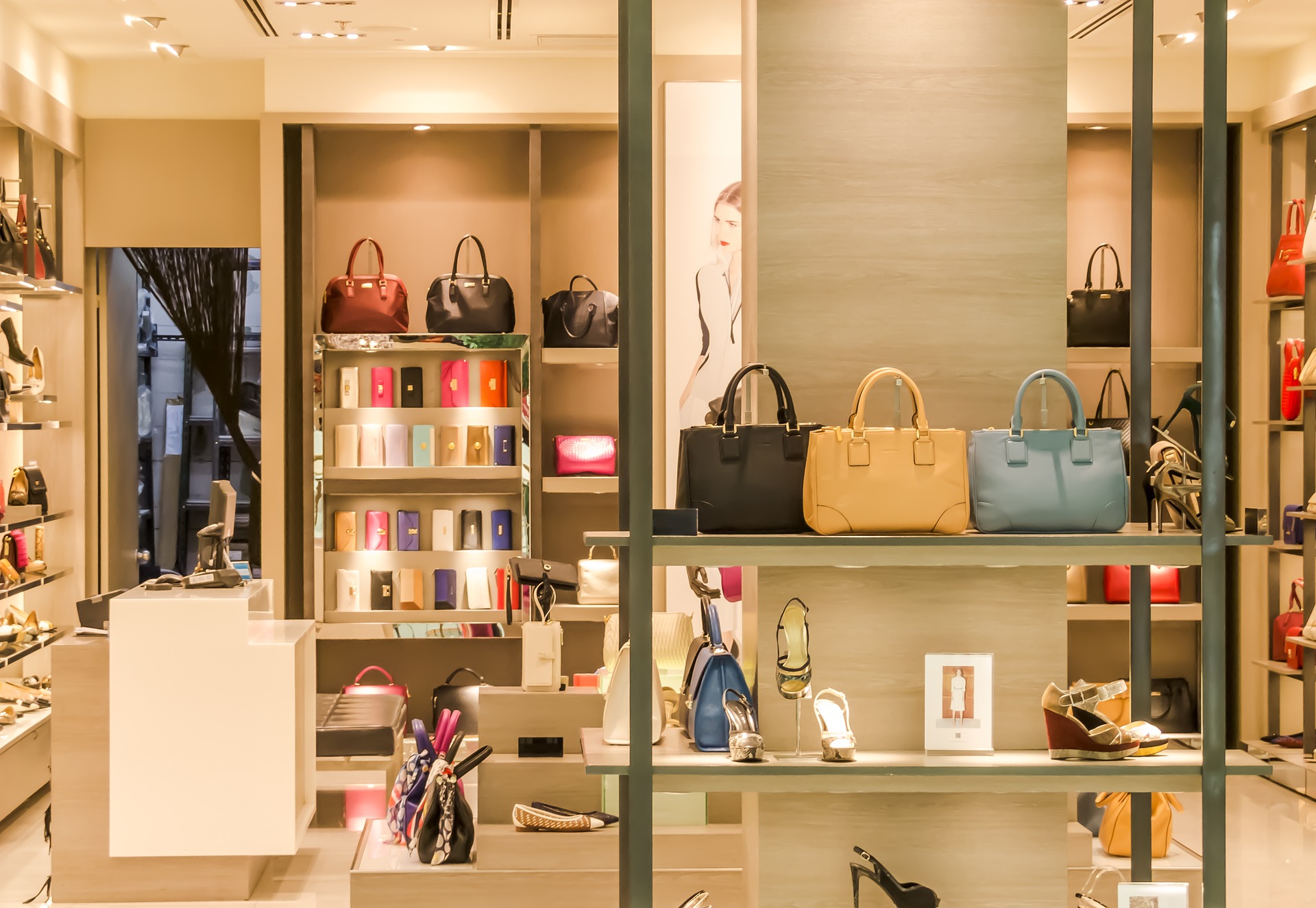The world is taking to Blockchain. The current outlay for Blockchain by companies is up 280% vis a vis 2017 . Financial services which dominated 75% of all Blockchain projects in 2017 is down to 35% as other industries are beginning to experiment with the technology. Yet, some industries and organisations are able to make progress and have projects which are live (like Financial services and retail) while other industries struggle. For instance Gartner says the supply chain industry will experience roadblocks and Blockchain fatigue.
‘Experimenting & Innovation’ to ‘mass adoption’ of any technology is an interesting journey. There will be a few who adopt quickly, while the naysayers critique and the fence sitters watch.Why are some organisations and industries able to experiment and adopt Blockchain. While other firms hesitate?
What does it take for industries to consider Blockchain adoption?
What does it take for an industry to experiment with an emerging, still amorphous technology like Blockchain? A technology which has tantalising possibilities and not enough concrete results and returns to show.
A few possible reasons why industries progress with Blockchain adoption jump out:
- A significant business challenges facing the industry.
- A propensity to adopt and adapt relevant practices from different industries.
- The size and scale of the opportunity for growth and creation of new business, markets and value.
- A prevalent culture and resultant ways of working in the organization and industry that lend themselves to change and innovation.
- A mindset of trust and collaboration that is woven into the fabric of the organisation.
- Financial reserves of the organisation.

The Luxury fashion industry sports iconic brands like Gucci, Dior, Louis Vuitton and is facing great challenges that can be solved by Blockchain. Yet the industry has had a muted adoption to Blockchain, if at all. Examining against the factors that propel industries towards Blockchain adoption listed earlier, here’s what emerges.
Factor One: Challenges being faced?
Amongst the top challenges that hoard the Luxury Industry’s cupboard is counterfeits. Counterfeiting costs the Industry 250 BUSD a year. Many legal and policing measures to block counterfeiting have not yielded results. Brands like Louis Vuitton have experienced losses & eroding of customers due to the inability to spot fakes.
Factor Two: Do best practices exist elsewhere & provide clues to evolve solutions for the challenges faced?
Have other industries made progress with the same problem? Yes. Counterfeiting and ability to identify the source of a product is a huge problem in the retail industry too. Walmart ,Nestle and 7 other food majors collaborated with IBM and adopted Blockchain (featured in a post here) to solve these challenges. Yet the Luxury fashion industry has hesitated in adopting their practices.
Factor Three: Does Blockchain augment a Possibility of growth?
The Luxury fashion industry is trying to make the resale market more robust. The resale industry a 51 BUSD opportunity. And today is fraught with customers inability to tell the fake from the original. Solving the counterfeit challenge will make a tremendous difference to the fortunes of the luxury goods business.
Factor Four: Consider the prevalent mindset and culture
The luxury fashion industry maintains a mindset of exclusivity and classicism bordering on not having to respond to ethical concerns, like carbon footprint and inclusivity. For instance this year, Virgil Abloh (Head of Louis Vuitton menswear collection) is the only man of colour to head any luxury fashion label currently
The other mindset is one of being closed or internally focused. Manifestation of this culture is in a slow adoption of ideas. For instance the slow adoption of e-commerce in luxury fashion or slow responses to other important trends.
Factor Five: Trust and Collaboration exists in the Industry?
Trust and Collaboration are critical elements of the ways of working in the organization and industry. Has the Luxury fashion industry displayed this? No. They remain highly secretive of their operations. They are notoriously non transparent in their pricing and function on goodwill and not the intrinsic value of the goods bought.
Factor Six : Deep pockets?
The luxury fashion industry is a 250 BUSD market with huge margins. These deep pockets make investment into innovations and R&D easier to be approved. At least in theory.
The Luxury fashion industry checks 4 of the 6 factors for Blockchain adoption. The missing piece for the Luxury fashion Industry’s inability to make strong strides in Blockchain adoption is (a) the prevalent culture, mindset (b) the lack of trust and collaboration as a way of working
Blockchain adoption in the Luxury Fashion industry
Further evidence to culture, mindsets and a lack of trust and collaboration derailing Blockchain adoption in the Luxury fashion industry is the industry’s first attempt at Blockchain. ‘Arianee’ or ‘VeChain’ were the earlier Blockchain platforms created by third parties for the Luxury fashion industry. Not many luxury fashion firms signed up, including LVMH. Brand concerns where LVMH said they would not want another brand name like Arianee between them and consumers. Trust issues with visibility into the supply chain among others were cited as concerns.
Collaboration is harder to come by when business models thrive on information asymmetry. Lack of trust and the prevalent mindsets made it harder for the luxury fashion industry to adopt Blockchain the first time around.There are no quick fixes.
However as a giant step forward , LVMH has created a Blockchain offering called AURA. More importantly LVMH promised to share the IP with competitors and spun off AURA into a separate legal entity. The AURA development team has quoted that Blockchain in Luxury fashion industry will only get stronger if more people use it . Yet competitors are hesitant. They want to find out if LVMH will benefit directly from this platform and other trust issues are emerging.
We have to wait and watch to see if there will be more takers for the AURA. When the presence of competitors on the same technology network is the only way to make the Blockchain technology stronger,the ask for a new mindset and ways of working is evident. Collaboration is the only way that the Luxury Fashion industry will be able to fight against counterfeiting and establish a robust resale market. Yet, it is difficult to quickly develop a collaboration mindset that leapfrogs over years of thinking ‘competition’.
It serves well to remind us that Blockchain adoption, like any technology adoption is much about established culture, mindsets and ways of working of people in the industry. The struggles in the Fashion Industry is a case in point.
Image by Pexels from Pixabay



